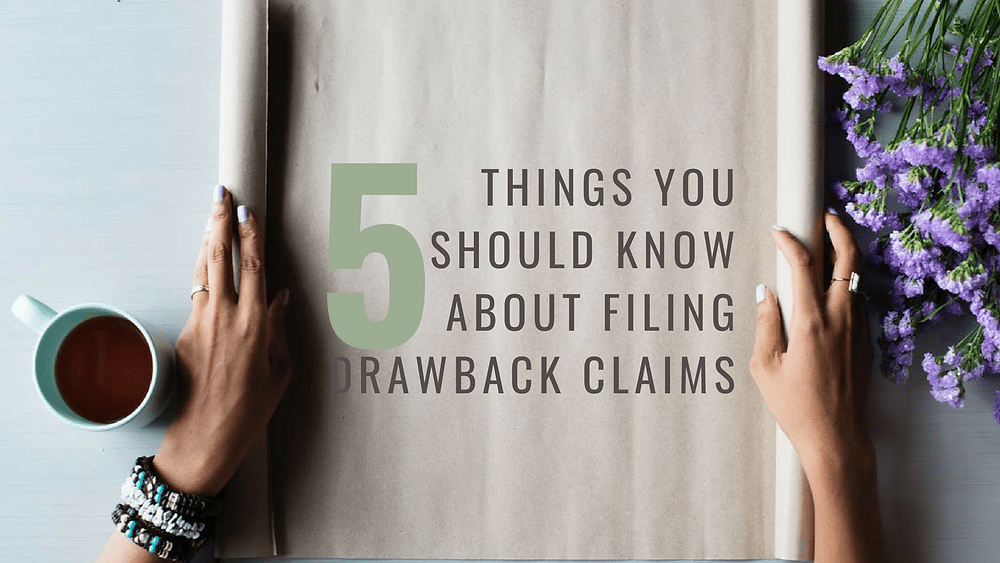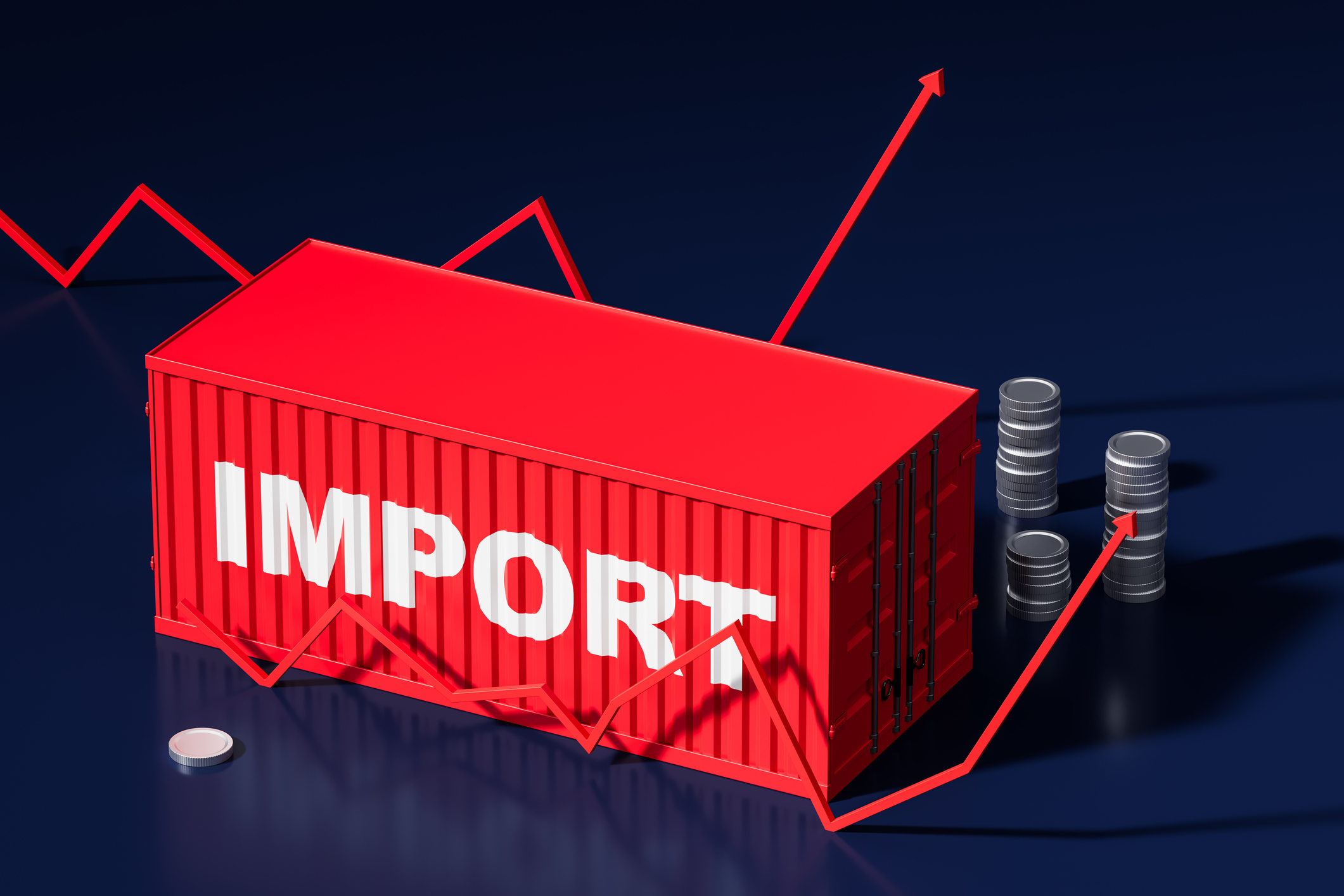Duty drawback, and the claims filed within it, is an opportunity that all exporting businesses should know about. Even large businesses may not have the resources necessary to file drawback claims on their own. Supply chain managers, logistics professionals and lawyers might not know specific details about filing these claims.
1. Most materials that are eventually exported are eligible for duty drawback.
Drawback partially exists to reduce costs on finished goods. The exporter is typically the one that receives the drawback. An importing company may be eligible for drawback if the exporting company provides an endorsement. A Canadian company may not want to outsource products to be refined in America if they know heavy fees will add to the final cost of the product. The U.S. government knows that reducing fees decreases the landed cost of a product. This is why most importing businesses that export partially finished goods are eligible for drawback.
2. Filing for drawback can be difficult.
Figuring out how to file a duty drawback claim can be very difficult due to the fact that you need to gather many different documents. On top of that, there are also only four ports where you can file these claims for the drawback itself, limiting abilities. You also only have a small window of time to file for drawback and cannot receive a refund after that window closes. Customs may reject a claim if a small mistake is noticed which is why it is so pertinent to be as accurate as possible.
3. You may have more drawback claims than you realize.
What we mean by this is that drawback doesn’t just apply one standard of merchandise that is imported and then subsequently exported. Instead, there are many other angles to obtain drawback. You can file a duty drawback claim on unfinished goods. You may also file a claim in the event that the imported product does not conform to specification or even if there was bad product and you are looking to complete a destruction method.
You have three years to file a claim for rejected products. Sometimes products are sent to you without the consent of your business. This scenario gives you multiple ways to claim drawback still on the back end. If you decide to send the products back, then you can file a claim prior giving them notice of the intent to do so. If the original exporter will not take them back, then the product is still potentially eligible for drawback. This helps your business save money when looking at potential losses for obsolete goods.
4. You can speed up the claims process.
Because as a business you would want s to receive its duty drawback refund as soon as possible, a privileges application will go a long way towards expediting the process. This can only be an option if a prior drawback program has been completed, but is a great way to go to speed up the process. Outside of the privileges, a drawback company can dramatically reduce the refund time period through expert knowledge of the process and the items needing to be completed. This is why it’s better to let an experienced professional work on your claim.
5. Businesses regularly use Customs Brokers because the process of filing is so complicated.
Here at CITTA Brokerage Co. (CBC), we only charge on a commission basis. This means that we don’t ever get paid, unless you do. This ensures not only your trust in us, but also allows all of our clients to understand that their refunds will be maximized in their potentials while as always, maintaining compliance.



